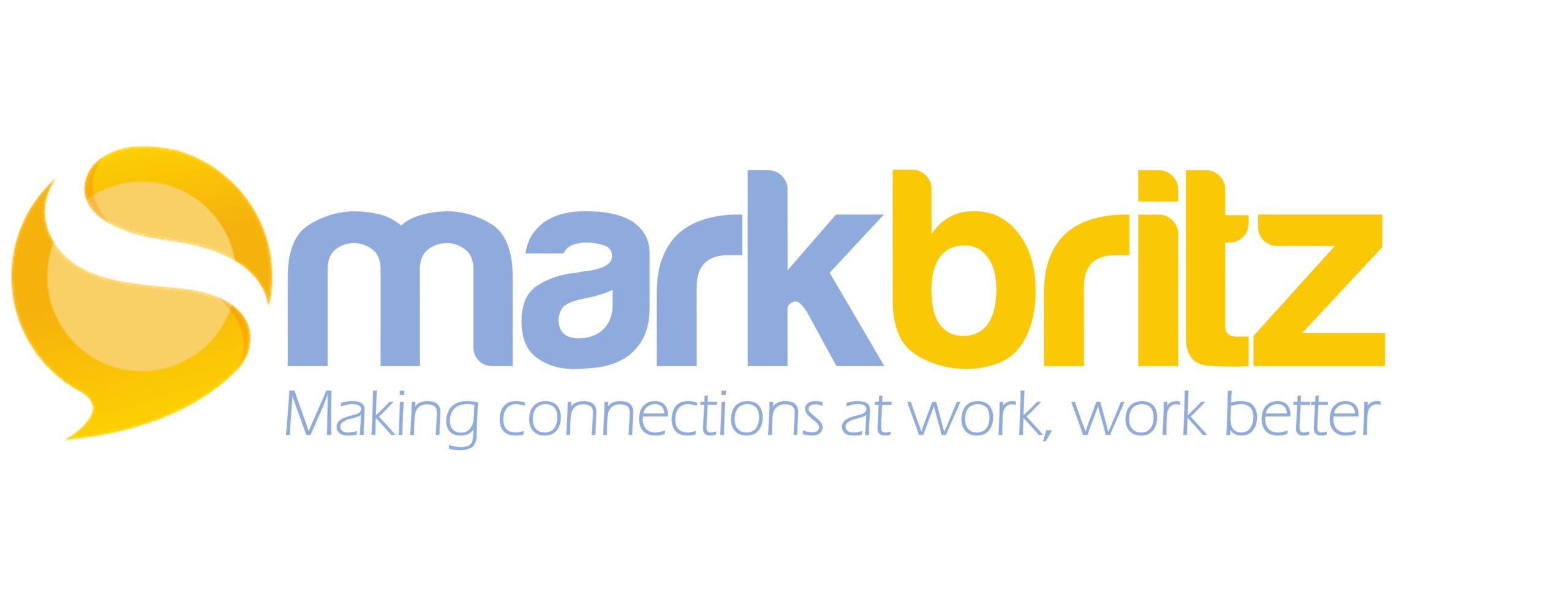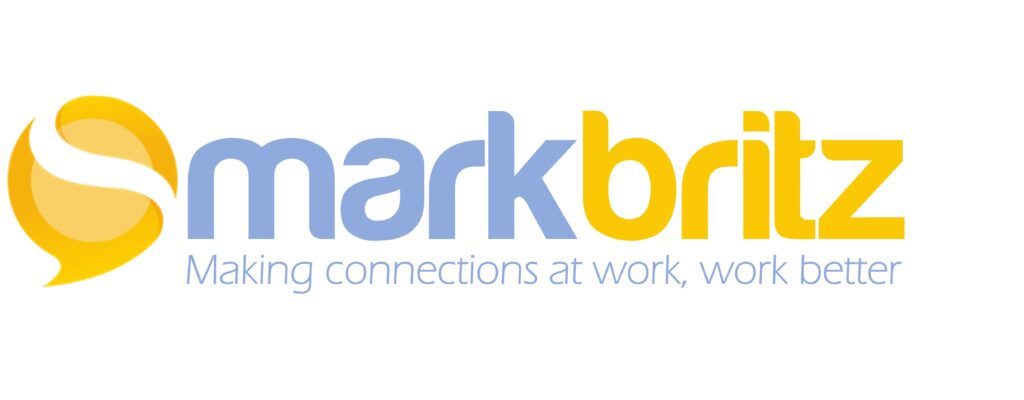![By PJ KAPDostie (Own work) [CC BY-SA 3.0 (http://creativecommons.org/licenses/by-sa/3.0)], via Wikimedia Commons](https://markbritz.com/wp-content/uploads/2015/06/AHippoBird2200-300x185.jpg) |
| By PJ KAPDostie CC BY-SA 3.0 |
In my work promoting “social” in my various organizations, I found another principle to be true; the smaller the better. Specific groups, already with a clear “object”, be it shared work (department, project, program) shared experience (on-boarding, training), or shared problem (solutioning, crisis) were most successful. Larger roll-outs, not so much. Social technology success was achieved when it was used as a tool to solve small specific problems. From here it could scale, but please don’t call it a community. People sharing, collaborating, and conversing should not instantly be seen as a community. A feature in a tool called a “community” is not a community, it is marketing spin by ESN vendors. True communities form when their is trust, common purpose and mutual support. This takes time, not tools. Can these gatherings in virtual places become communities? Absolutely. They can also scale but that takes nurturing and attention, support and communication. If your organization is not ready for this, it’s OK. Organizations as community is not always the end goal or often immediately realistic. If groups come in and out of interactions using social tools to solve business problems then this should be seen as successful social too.


